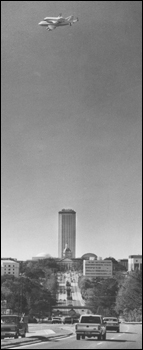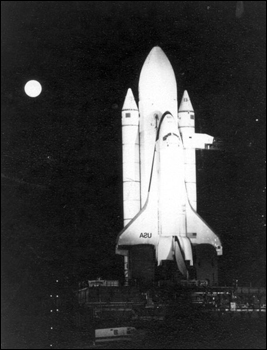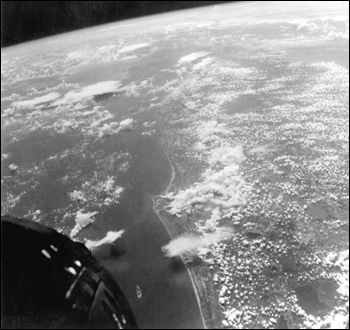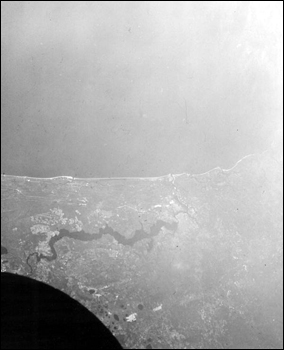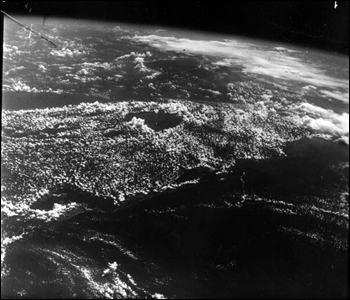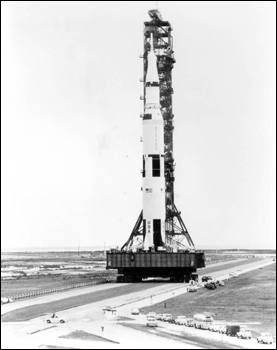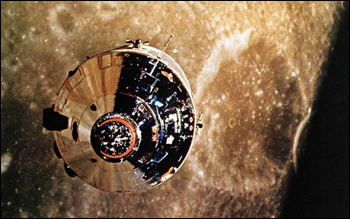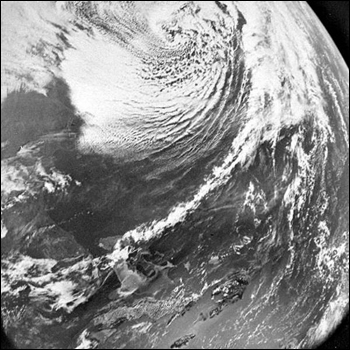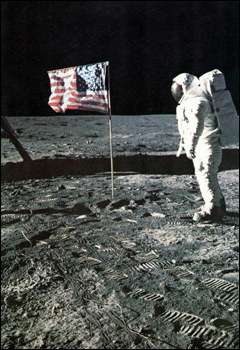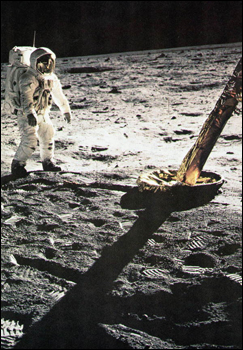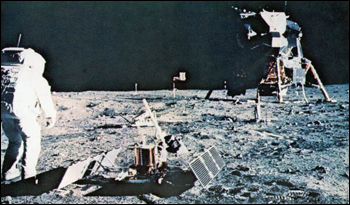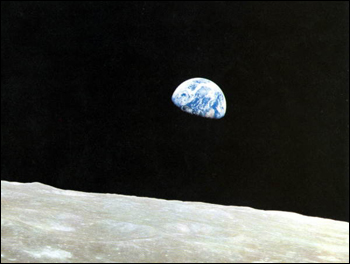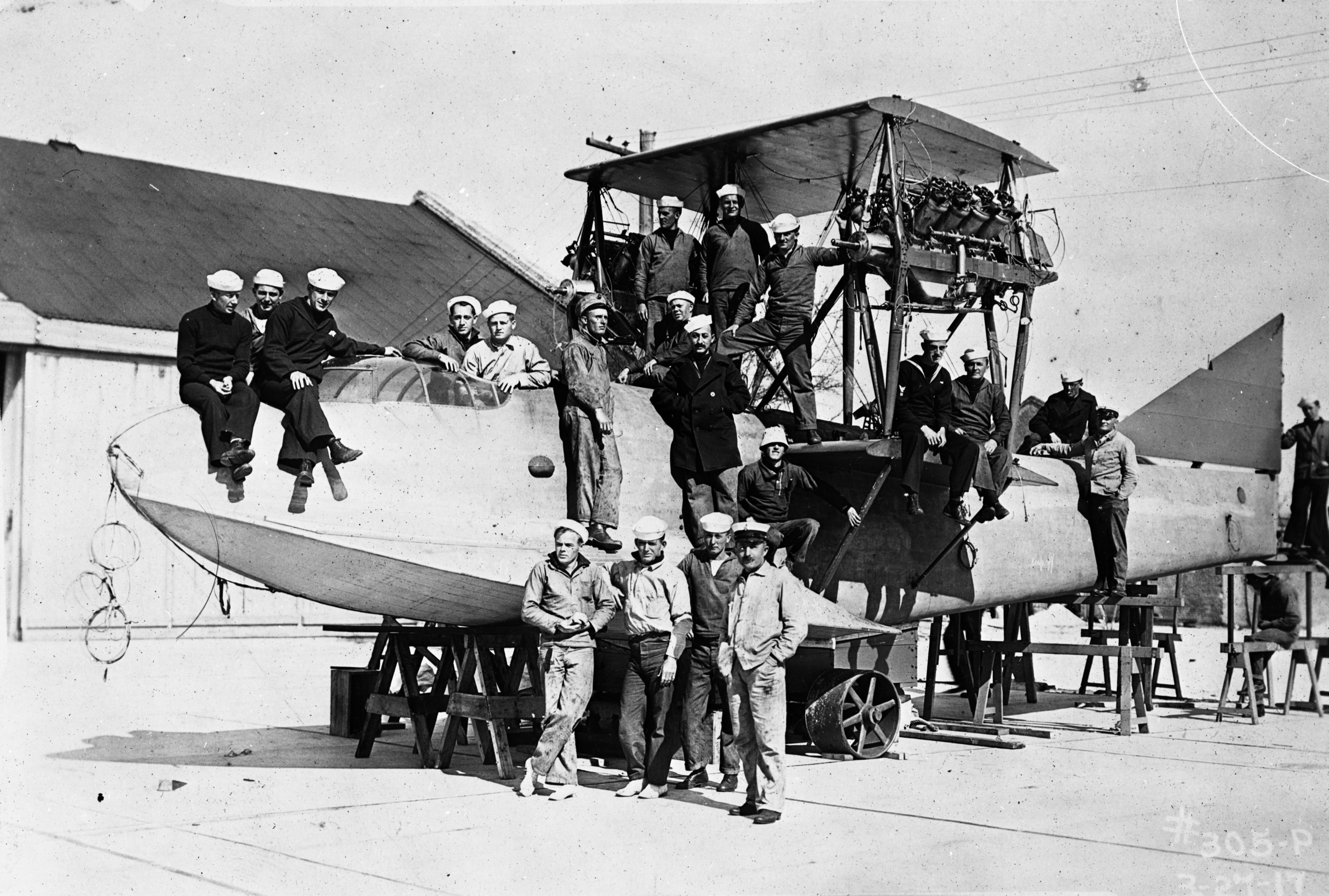Photo Exhibits
Photo exhibits spotlight various topics in Florida history, and are accompanied by brief text intended to place selected materials in historical context.
NASA Turns 50
Florida's Half Century on the Space Age Frontier
New Perspectives
After 50 years of space exploration and technological development, NASA has contributed significantly to world knowledge and to a broader vision for the future.
View of Space Shuttle flying over Florida's capitol building (1992)
Image Number: PR11221
Space shuttle at the launch complex : Cape Canaveral, Florida (ca. 1980)
Image Number: C820538
Photograph of Florida penisula from Gemini V spacecraft (1965)
Image Number: RC16565
View is looking South along the East coast.
After the successful Apollo launches and subsequent change in direction of NASA's mission and goals, major portions of NASA personnel and members of the area's space-related workforce left for high-tech and military career opportunities in the Pacific northwest, southern California, and the northeastern states. However, thousands of native Floridians and recruited workers stayed following decades of serving the nation's drive to explore space.
An entire generation of space-industry workers retired in the space coast area. Other initiatives such as environmental services, including the development of solar energy technology, attracted even more skilled workers to the Space Coast. After five decades of space age development, Florida remains one of the nation's centers for technology and manufacturing industries, as well as still serving as the home of the world's most significant space port.
The mission of NASA and the successes of American adventures in space broadened not only our understanding of science and space, but the imagination of people around the world, empowering all of us with the sense that anything is possible and that as interconnected as the modern world is, there are still goals to strive for and new places to explore.
View of the Saint Johns River from orbit (1966)
Image Number: C660817
View of Florida from orbit (1966)
Image Number: C660815
Apollo 11 (1969)
Image Number: PR10337
View of the Apollo 10 Command Ship in orbit around the Moon (1969)
Image Number: PR10198
Bibliography
Catchpole, John. Project Mercury: NASA's First Manned Space Programme. New York: Springer, 2001.
Faherty, William Barnaby. Florida's Space Coast: the Impact of NASA on the Sunshine State. Foreword by Gary R. Mormino and Raymond Arsenault. Gainesville, Florida: University Press of Florida, 2002.
Kranz, Gene. Failure is Not an Option: Mission Control from Mercury to Apollo 13 and Beyond. New York: Simon & Schuster, 2000.
Lipartito, Kenneth and Orville R. Butler. A History of the Kennedy Space Center. Gainesville, Florida: University Press of Florida, 2007.
Logsdon, John M., Moderator. Legislative Origins of the National Aeronautics and Space Act of 1958: Proceedings of an Oral History Workshop Conducted April 3, 1992. Online resource available at http://www.hq.nasa.gov/office/pao/History/40thann/legorgns.pdf. Washington, DC.: NASA History Office, 1998.
National Aeronautics and Space Administration. Kennedy Space Center: Kennedy's Rich History. http://www.nasa.gov/centers/kennedy/about/history/index.html
Florida as seen from spacecraft Apollo 11 (1969)
Image Number: N045394
View of the U.S. flag with Astronaut Aldrin at Tranquility Base (1969)
Image Number: PR10192
Buzz Aldrin on his way toward the Lunar Module (1969)
Image Number: PR10189
Tranquility Base on the lunar surface (1969)
Image Number: PR10205
Astronaut Aldrin after just having deployed the Passive Seismic Experiments Package on the moon's surface. Already deployed is the Laser Ranging Retro-Reflector which can be seen to the left and further back. American flag and black and white TV camera stand are visible to left of Lunar Module. Photo was taken by Neil Armstrong.
Photographed on July 20, 1969.
Apollo 8 Earth view (1968)
Image Number: PR10197
This view of the rising Earth was seen by the Apollo 8 prime crew, Astronauts Frank Borman, commander; James A. Lovell, Jr., command pilot; and William A. Anders, lunar module pilot during their orbital flight around the Moon.

 Listen: The Folk Program
Listen: The Folk Program